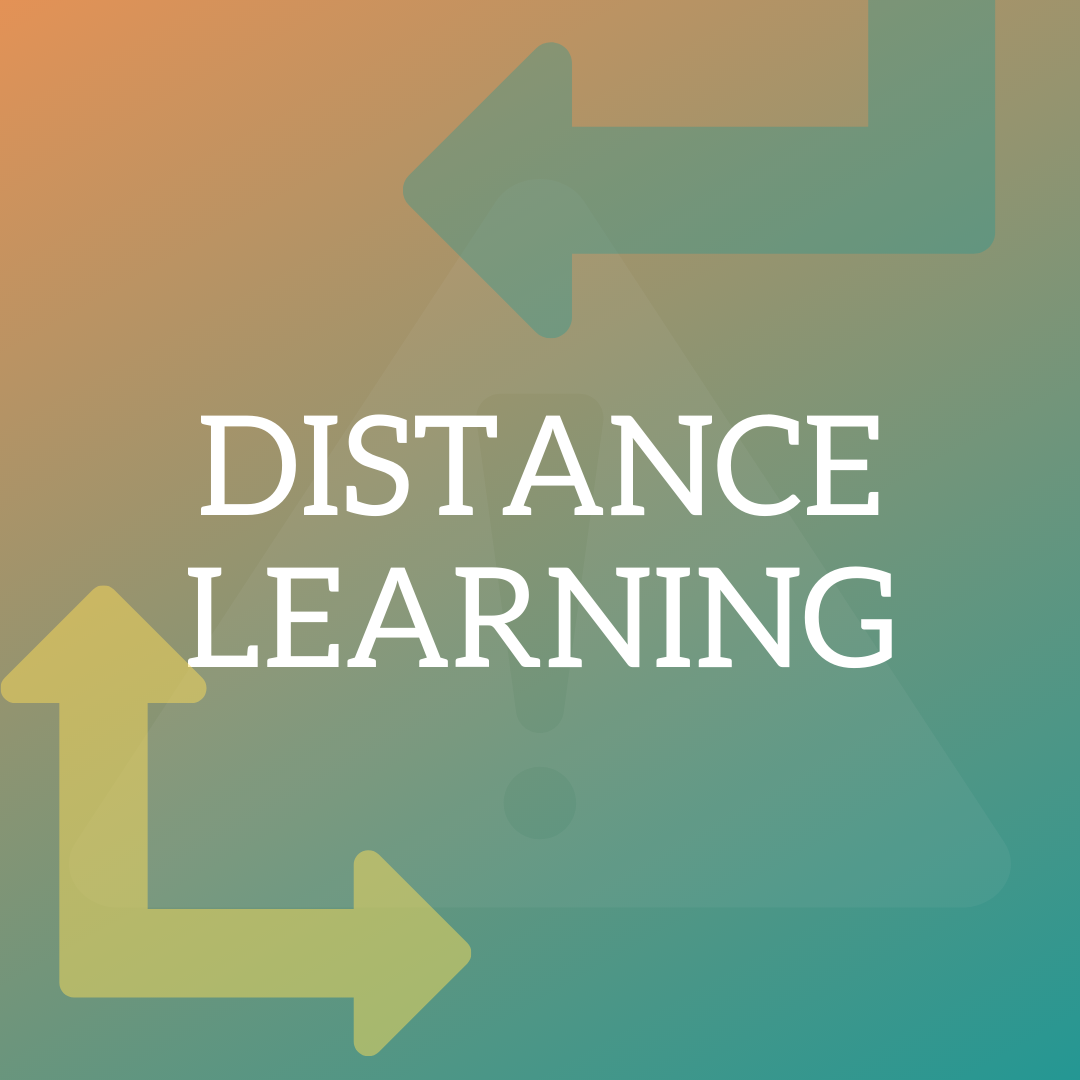 This is the second of a two-part blog series. Check last week’s post for additional information!
This is the second of a two-part blog series. Check last week’s post for additional information!
The COVID-19 (coronavirus) pandemic has forced K-12 and postsecondary education to move to the distance education space. State and local Career Technical Education (CTE) leaders are grappling with how to deliver high-quality programs remotely. While districts and colleges have taken significant steps to adjust their curricula, state leaders play an important role in strategizing as well by gathering local information, gauging what strategies should be elevated and scaled statewide and communicating these practices across the state. Check out last week’s blog post here.
Coordinating Full Supports Required for Success
While there are many instructional resources that are needed immediately, there are learner supports that cannot be forgotten — and state CTE leaders can coordinate with other state-level partners to compile coordinate these resources. With remote learning largely taking place virtually, access to reliable broadband internet and computers or devices such as smartphones and tablets is a major concern for secondary and postsecondary learners. States are taking varying approaches, from equipping buses with Wi-Fi and parking them in rural areas to enabling free Internet in the surrounding areas of a school or college so that students can log on from inside of their cars. Access to the Internet and computers is pivotal for distance learning, and a state-coordinated effort to monitor gaps and respond to them is critical.
The Wisconsin Technical College System has been working to rapidly provide full supports that learners need. In addition to providing Wi-Fi, colleges have been ensuring that campus services are still offered even while campuses are closed. This includes college and career advising and providing online options for enrollment and financial aid.
Facilitating Collaboration Between Secondary and Postsecondary Education
Many postsecondary institutions already had some kind of remote learning system in place prior to the pandemic. Though the scale changed following the pandemic, the existing foundation proved helpful in many states. Right now, collaboration and shared strategies for success between secondary and postsecondary levels is extremely important — and state CTE leaders should create opportunities for engagement. Connecting instructors across Career Clusters® is one way to promote sharing best practices.
Developing a System to Ensure Students Are Learning
In order to provide high-quality remote education, state leaders must have an understanding of what is and is not working. This requires using data to evaluate success. State leaders should use the data they have access to, combined with the information they learn from identifying learner and instructor needs, to determine a standard of success. This should look different than a typical assessment and grade structure, and factors such as learner engagement should be considered. A statewide system for evaluating how and whether students are learning will allow for state leaders to course correct where needed and plan for uncertainty ahead.
Meredith Hills, Policy Associate
Tags: COVID-19, Distance Learning

